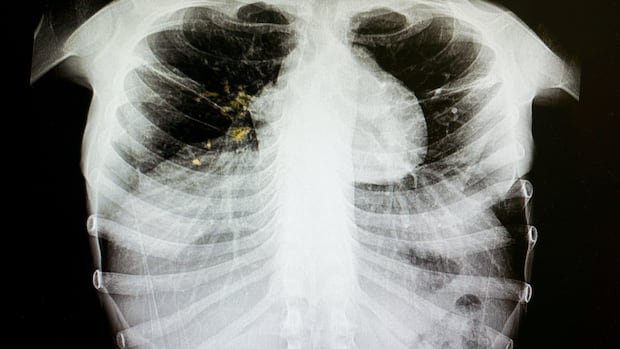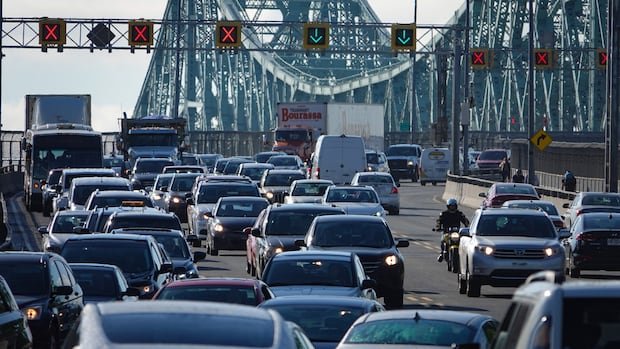Listen to this article
Dear 3 minutes
The audio version of this article is generated using text-to-speech, a technology based on artificial intelligence.
The director of Alberta’s tuberculosis clinic says an outbreak in downtown Edmonton poses little risk to Edmontonians as a whole.
“The risk of this outbreak spreading to the general population is extremely low,” Dr. Ryan Cooper told CBC News.
“The majority of these cases do not appear to reflect inner-city transmission. Rather, they reflect reactivation in the context of other health factors and other social factors.”
Details are slowly emerging from the Alberta government about an active tuberculosis outbreak that was declared internally last month.the day.
A tuberculosis outbreak in Edmonton is primarily affecting the city’s homeless population. Most cases are due to the disease reawakening in people’s bodies rather than being contracted from another person.
At a news conference on Friday, the province was asked aboutThe tuberculosis outbreak, which was declared after two people contracted the same strain of the disease, suggests that there was local spread.
“We are working very, very closely, particularly in Edmonton with our partners in primary care to ensure that we are getting adequate primary health care resources across our shelter system,” said Jason Nixon, minister of assisted living and social services.
Primary Care Alberta first notified the public on Thursday. The public service announcement said health authorities declared an outbreak in October, but did not specify a date or explain why the information was not released until weeks later.
As of Thursday, health officials had identified 12 cases of tuberculosis so far this year that were linked to downtown Edmonton and homeless people. Three of those people had the same strain of tuberculosis and are considered part of the outbreak.
As of Friday evening, provincial officials had not responded to CBC’s request for more details.
Tuberculosis is an infectious disease that primarily affects the lungs, but can affect other parts of the body. It is spread when an infected person coughs, sneezes and spits.

Living in community spaces, including homeless shelters, is a factor that can increase the risk of tuberculosis infection.
“Improving some of these social determinants of housing, ensuring adequate nutrition and adequate housing will be extremely helpful in preventing TB disease in individuals and reducing the risk of spread in vulnerable populations,” Cooper said.
Social worker André Tinio recently recovered after battling severe tuberculosis for a year. The infection affected his colon, appendix, two vertebrae and his lungs.
She worries about how such a diagnosis is affecting Edmontonians who are homeless, given the nature of the treatment.
“The medication is so intrusive that you have to watch it, you have to follow and comply with many of the health regimens that they want you to follow,” Tinio said.
“But when you’re in a position where you have to think about your diet, your mental health, how to get to appointments, and also living with TB and trying to get rid of it, it all adds up in your life.”
City of Edmonton staff said they are helping address the outbreak under the direction of the province.









